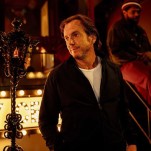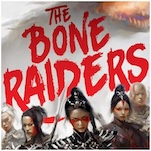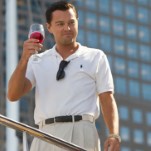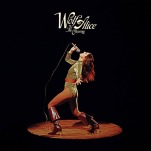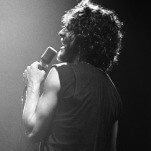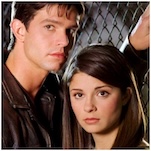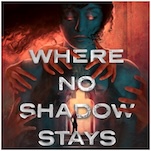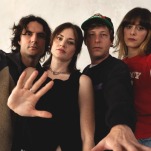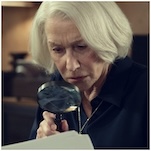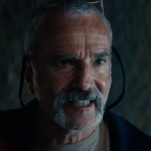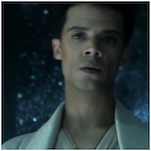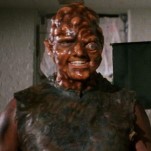How Chris Kattan Reinvented Himself as a Stand-Up Comic
Photo c/o Getty Images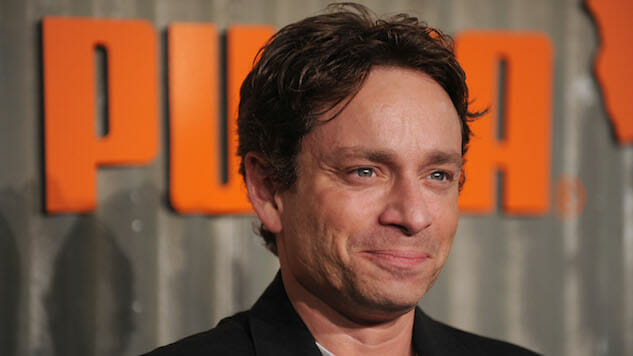
You can see Boston’s Seaport District working to transform its array of parking lots, highway off-ramps and industrial centers into something more. At least in concept, it’s a burgeoning neighborhood. The area flirts, in spots, with trendiness: vibrant new restaurants, apartments with perilous Boston skyline views, the much-lauded General Electric headquarters. At the center of the Seaport is Laugh Boston, located next door to the Convention Center and inside the Westin Waterfront.
Tonight, Chris Kattan stands on the Laugh Boston stage with a slight cold, his eyes glancing outside at the clouds and bleak sprawl leading to the Westin’s driveway. Tomorrow, a blizzard will besiege Boston, largely confining him to his room until his next gig.
Two brunette girls, who seemed to be in their mid-twenties, howl with laughter, a stage left distraction which turns Kattan’s head a few times. He seems almost taken aback by them. Later, one of them confides she smokes weed and watches Corky Romano when she’s feeling sad. The superfans are somewhat outliers on this frigid Friday night, Kattan feigning annoyance as his attempts to work the packed crowd (“Any anniversaries tonight?”) are met with murmurs.
Perhaps unsurprisingly, Kattan is his most comfortable—and gets the strongest audience reaction—discussing the sketch comedy institution that made him a household name, Saturday Night Live. His act has an endearing one-man-show quality: less laugh-out-loud guffaws, more amusing remembrances from his seven-plus seasons at Studio 8H.
If he lacks the workmanlike, punchline-driven instincts of his opening acts, Pete Costello and Don Zollo, it’s because stand-up is a relatively new platform for him. Kattan is a sketch performer by both training and birthright. He began taking Groundlings classes when he was 19, before joining the main company. But his father, voice actor Kip King, was a founding member of the improv troupe, making Kattan a kind of royal heir to a sketch comedy family legacy.
“What Richard Pryor was to strippers, I was to Groundlings,” he jokes to me later, reflecting on a coming-of-age which included bird’s eye access to pre-fame comic luminaries such as Jon Lovitz and Phil Hartman.
It’s hard to imagine being present as soon-to-be iconic characters like Pee Wee Herman get buffed into existence. But Kattan was. And the experience clearly informed his own sketch work: “From not wearing the suit to wearing the suit, to different toys, to the voice changing, all these little inflections that are really important… seeing (Pee Wee’s) process of development—and not just the result—really made it easier for me to understand how to create a character, and the patience you need.”
Alongside Will Ferrell, Cheri Oteri and others from Groundlings, Kattan joined SNL in 1996 after impressing show producer Marci Klein. (A minor breakthrough: for a period, Lorne Michaels viewed the LA-based group as “hacks.”) The closest he came to rivaling Pee Wee’s ubiquity was A Night at the Roxbury, a pop culture contribution that continues to dog him, defining him in a way that’s mostly unfair. He moves quickly beyond it in the opening moments of his set, with a quick Snapchat-ready rendition of the classic dance. When I talk to him, however, he sounds open to accepting the sketch’s long shelf-life: “It’s flattering,” he offers, before adding, “It’d be better if it was tied in with some money.”
Hence the stand-up tour. Creative inertia aside, Kattan could be reconciling the demands of his specific brand of physical comedy; at 46, the prospects of putting on the pink beret and gold sequined shorts—or devouring another apple onstage—may feel just tired, if not outright boring. Still, there’s the nostalgia factor.
Several years ago, he was approached about the possibility of going on tour—to meet original fans from his time on SNL, as well as younger generations that have discovered his sketches through the SNL40 app. Today, he performs stand-up maybe three times a year, in places like Jacksonville, El Paso and Sacramento.
While touring isn’t as consistent as he’d like due to his Hollywood gigs (he’s also coming out with a book), he credits his act for allowing him to stay connected with pockets of the country he’d otherwise be cut off from: “If I were to remain sheltered, as most people are in Los Angeles—as an actor—you are in a bubble of some sort,” he says. “When you go out there (to perform in front of audiences), you become the big fish in all these little ponds… and those are the people that really count.”
-

-

-

-

-

-

-

-

-

-

-

-

-

-

-

-

-

-

-

-

-

-

-

-

-

-

-

-

-

-

-

-

-

-

-

-

-

-

-

-





